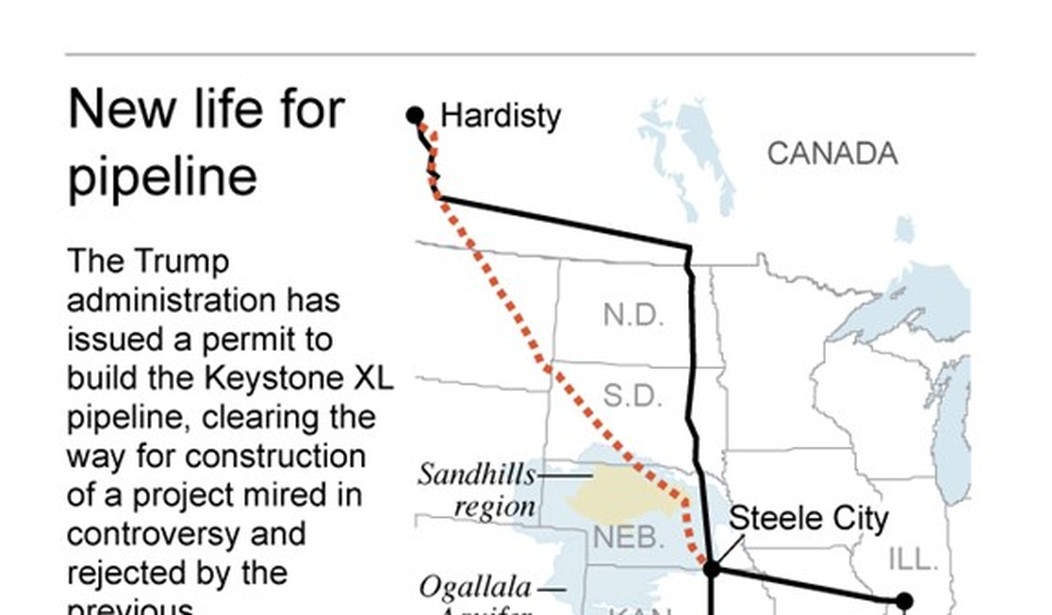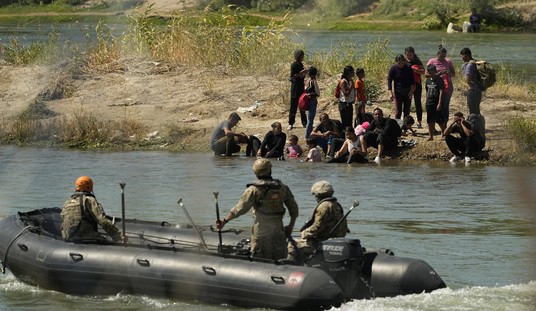See, these guys are learning how to play the game.
Back in January, the State of Texas sued the Biden Administration for changing immigration and border enforcement policy by suspending deportations of illegal aliens already under an Order of Removal. I reported on that lawsuit in this article, noting that Texas filed the complaint in the Southern District of Texas, Victoria Division, which had only one full-time federal District Court Judge — Judge Drew Tipton, who was appointed to the bench by President Trump. Four days after the suit was filed, Judge Tipton issued a Temporary Restraining Order preventing the new Biden policy from going into effect, and on Feb. 23, he extended his Order by issuing a Preliminary Injunction on a nationwide basis pending the outcome of the case.
Today, Texas, joined by 20 other states (Alabama, Arkansas, Georgia, Indiana, Kentucky, Louisiana, Mississippi, Missouri, Montana, Nebraska, North Dakota, Ohio, Oklahoma, South Carolina, South Dakota, Utah, and Wyoming), sued the Biden Administration over the cancellation of the permit for the Keystone XL pipeline project, which was done via an Executive Order on Biden’s first day in office. I wrote about the Biden Administration’s plan to take that step in this article.
Texas has gone back to the well once again in choosing the Southern District of Texas as the locale for its action over the Keystone XL pipeline, but this time it chose the Galveston Division.
The Galveston Division has one full-time federal District Court Judge — Judge Jeffrey Brown, appointed by ……. President Trump.
See how this works?
Apparently, the Texas Attorney General’s Office was paying attention when left-wing interest groups and the Democrat Party were filing suits in Washington, Oregon, California, and New York to challenge Trump administration policies.
The complaint is 46 pages long, and I’ll have to save for another day a deep-dive into the nature of the claims raised. Frankly, I have been pondering over writing an article making the case that the pipeline project is not actually “all dead,” but only “mostly dead”, and that there’s a big difference between the two. I’ll save that for another time, too.
For now, it will have to suffice to quote from the press release put out by the Texas Attorney General:
The lawsuit states that President Biden does not have the unilateral authority to change energy policy that Congress has set. The power to regulate interstate and international commerce, including granting or rejecting permits for oil pipelines that cross an international border, resides with Congress—not the President.
“The power to regulate foreign and interstate commerce belongs to Congress — not the President. This is another example of Joe Biden overstepping his constitutional role to the detriment of Montanans,” Attorney General Knudsen said. “There is not even a perceived environmental benefit to his actions. His attempt to cancel the Keystone XL Pipeline is an empty virtue signal to his wealthy coastal elite donors. It shows Biden’s contempt for rural communities in Montana and other states along the pipeline’s path that would benefit from and support the project.”
To understand the equities involved, let me just toss in a few facts.
The Keystone XL pipeline is the fourth and final phase of the Keystone Pipeline Project. The first three phases have been completed and are in operation. The fourth phase would add a significant amount to the Pipeline’s overall transmission capacity, and it provides a more direct route of transmission which cuts the time and distance the oil has to travel. The general route of the fourth phase begins at the Canadian “tar sands oil fields” in Alberta. The pipeline would cross the border into the United States in Eastern Montana, and continue in a generally southeastern direction into Nebraska. In Steele City, Nebraska, the fourth phase would join an earlier phase of the project already in operation, which then carries the oil from Nebraska to Oklahoma, and then on to Port Arthur, Texas.
The environmental concerns involve two main objections. First, the proposed route of the pipeline crosses a large “Ogalla Aquifer” in southeast Nebraska. The second concern is simply that it delivers more oil to refiners that will be converted to fossil fuels which will be burned and cause more pollutants to enter the atmosphere.
As for the first concern, the project has been stalled as part of a new Environmental Impact Study on a modification to the route required by the State of Nebraska. A lawsuit over that EIS is now pending in the District of Montana.
As for the second concern, Canada has made it clear that canceling the Keystone XL pipeline does not mean the oil will remain in the ground. There are other buyers for the oil and other methods for getting it to market. Canada is not going to forego the money it will make selling this oil into the world oil market. Chinese firms have already built some facilities in the Alberta area in preparation for possibly building a pipeline across western Canada to a location on the Pacific Coast where a facility to load the oil onto Chinese oil tankers could be built.
I’m quite certain this project will ultimately be built. There is too much money involved, the oil is going to get pumped out of the ground one way or another, and it is in the financial and national security interest of all of North America that the value of this natural resource remains in Canada and the United States. The lawsuit brought by Texas will keep the matter alive, and my guess is that an eventual settlement of the case will involve some modifications to the permit to assuage the first objection of environmentalists over the risk to the aquifer.















Join the conversation as a VIP Member